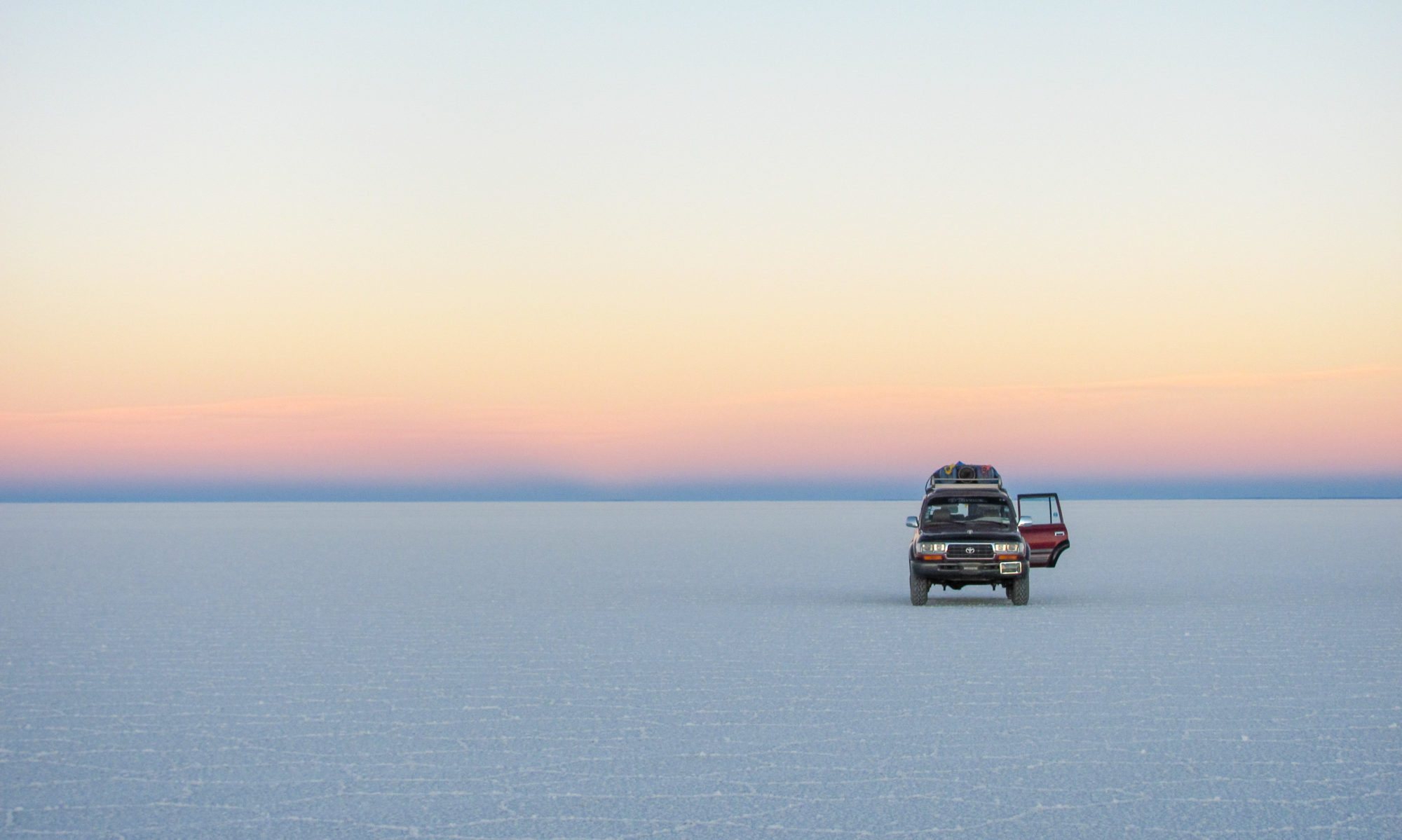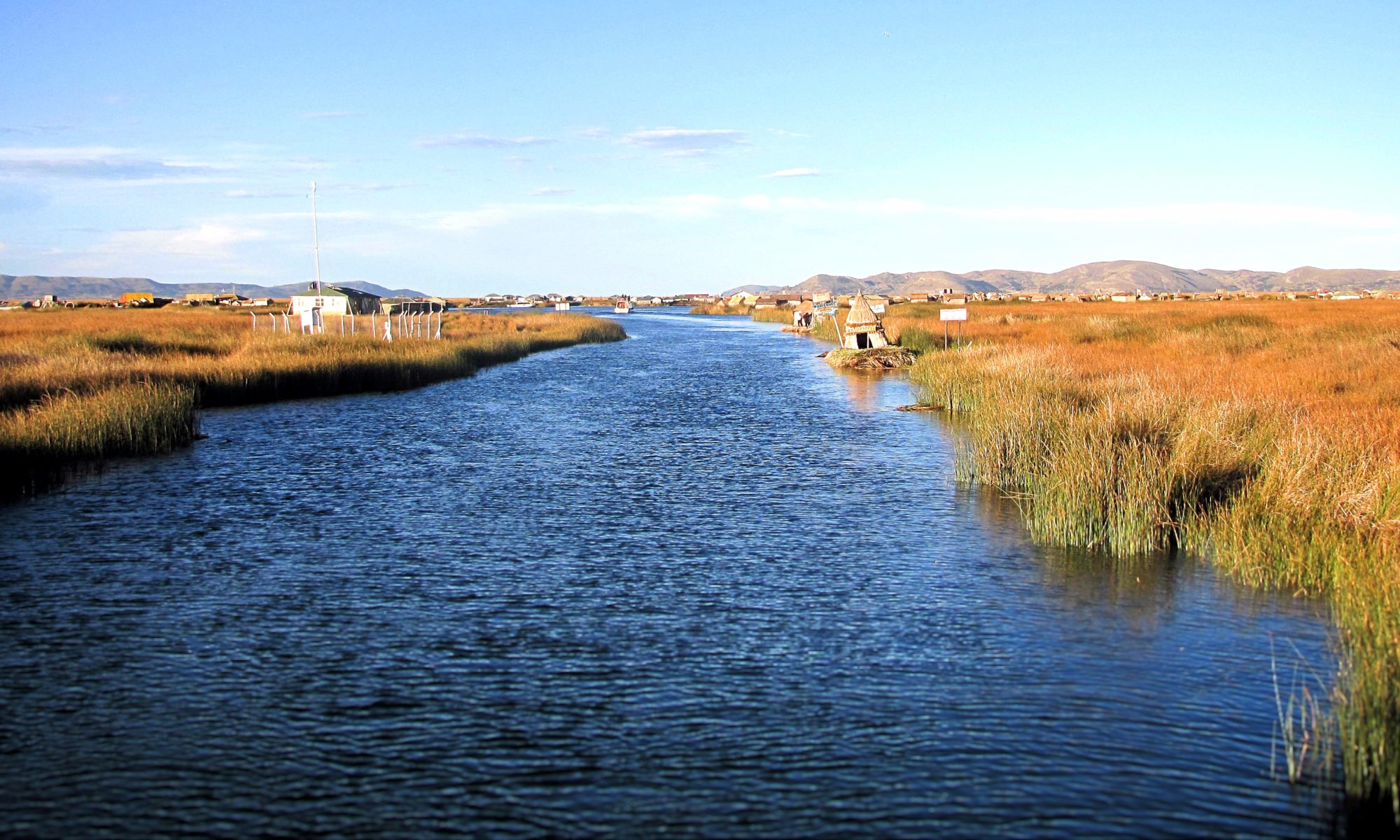As a child I once saw a Discovery-documentary from Jacques Cousteau where he explained about the weird frilled frogs that live in lake Titicaca. Ever since visiting this lake has been high on my list. On the shores of lake Titicaca lies Puno, the second most visited town in Peru. People flock here to see the floating Uros islands. Yes they are undeniably beautiful. Yes they are unlike any other islands you have ever seen. But man did I hate visiting them.
– Puno, lake Titicaca and the islands –
Puno
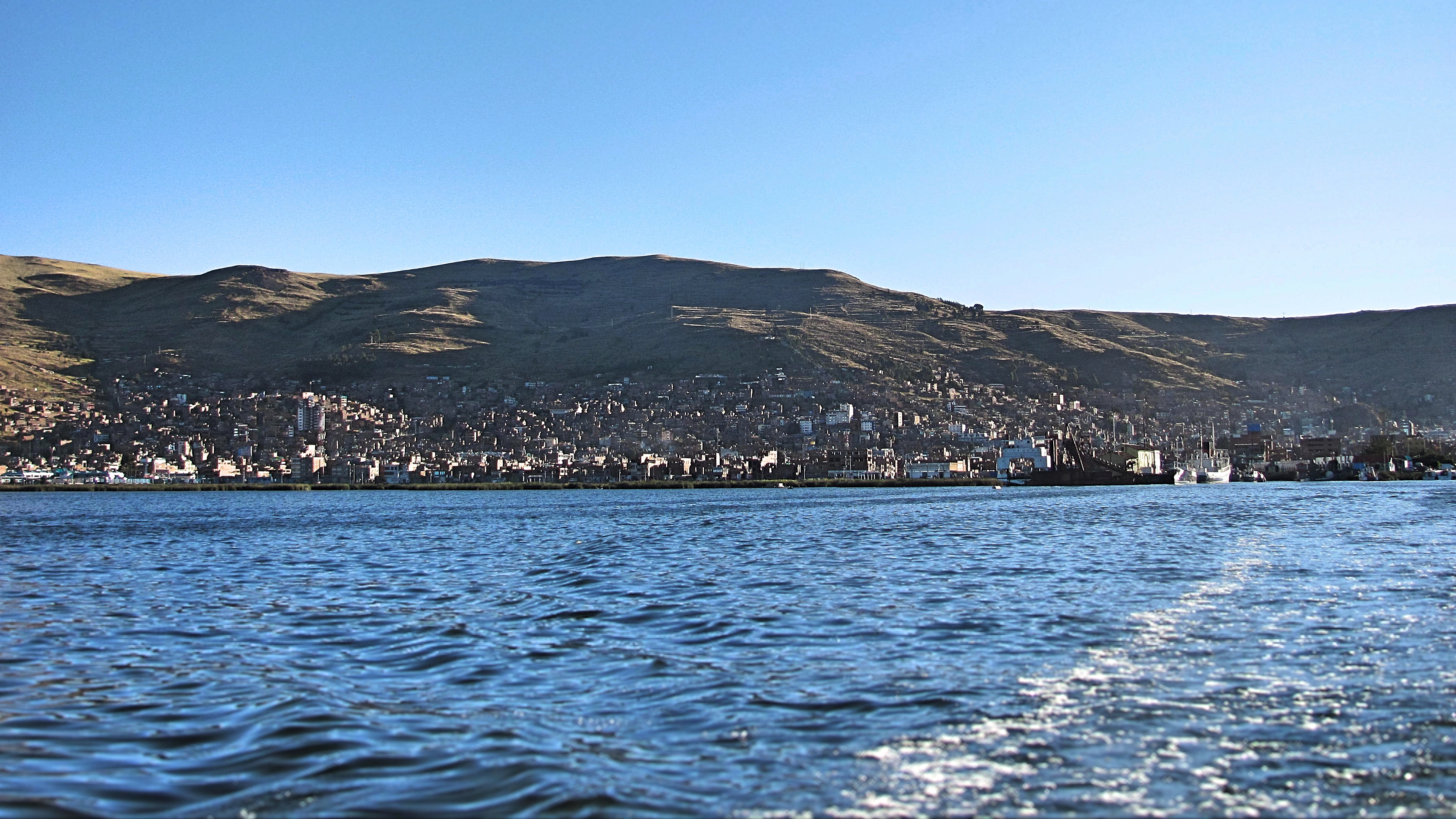
So what is wrong with the Uros Islands? To start, Puno itself is not really a treat. The small town functions as a transit hub between Peru and Bolivia and many people try to take advantage of it. Except for dirty dodgy streets filled with con-artists, scammers and contraband-traders there is really not that much to see.
Do no go with Transtiticaca
‘Trans Titicaca’ (bright orange buses) almost has a monopoly on the transportation around the island but it has a horrible reputation so if you can, avoid using their bus services. I booked a ticket but was approached by a friendly Colombian couple that just came off one of their buses and warned me that their driver had been very drunk. A quick online investigation and a few horror-stories richer convinced me to book a ticket to Bolivia at Peru Tours (40 soles to La Paz) which was perfectly fine.
Uros islands
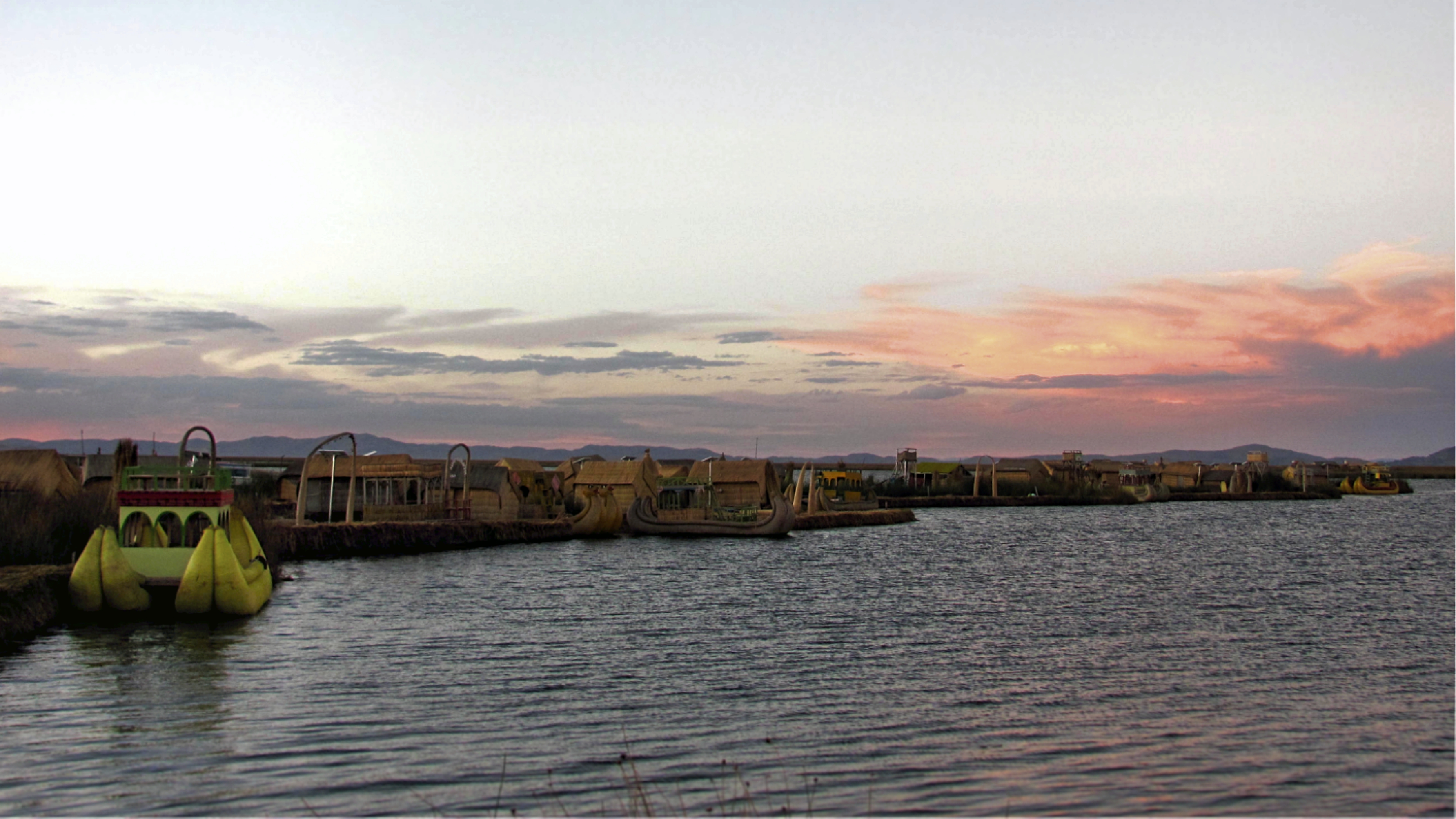
Lets stop talking about Puno, because it is really the floating reed islands why we came here in the first place right? I cannot deny it. The islands are beautiful and quite surreal. To slush around on islands that are made entirely out of reed almost feels like a moonwalk. The reeds rot away in a few months so the whole island is ‘topped-up’ with fresh reed on a daily basis. It is fascinating to learn that the reason the original inhabitants started living on these islands because they were chased away from the land by rivaling tribes.
But the wonder stops there as the visits organised to the islands are terrible. After a beautiful boat ride you are dropped off on one of the small island. So far so good. A 30 minute explanation starts about the history and the culture of the Uros people. Then the group is divided up into smaller groups. With your smaller group you visit the houses on the island the people are supposedly living in.
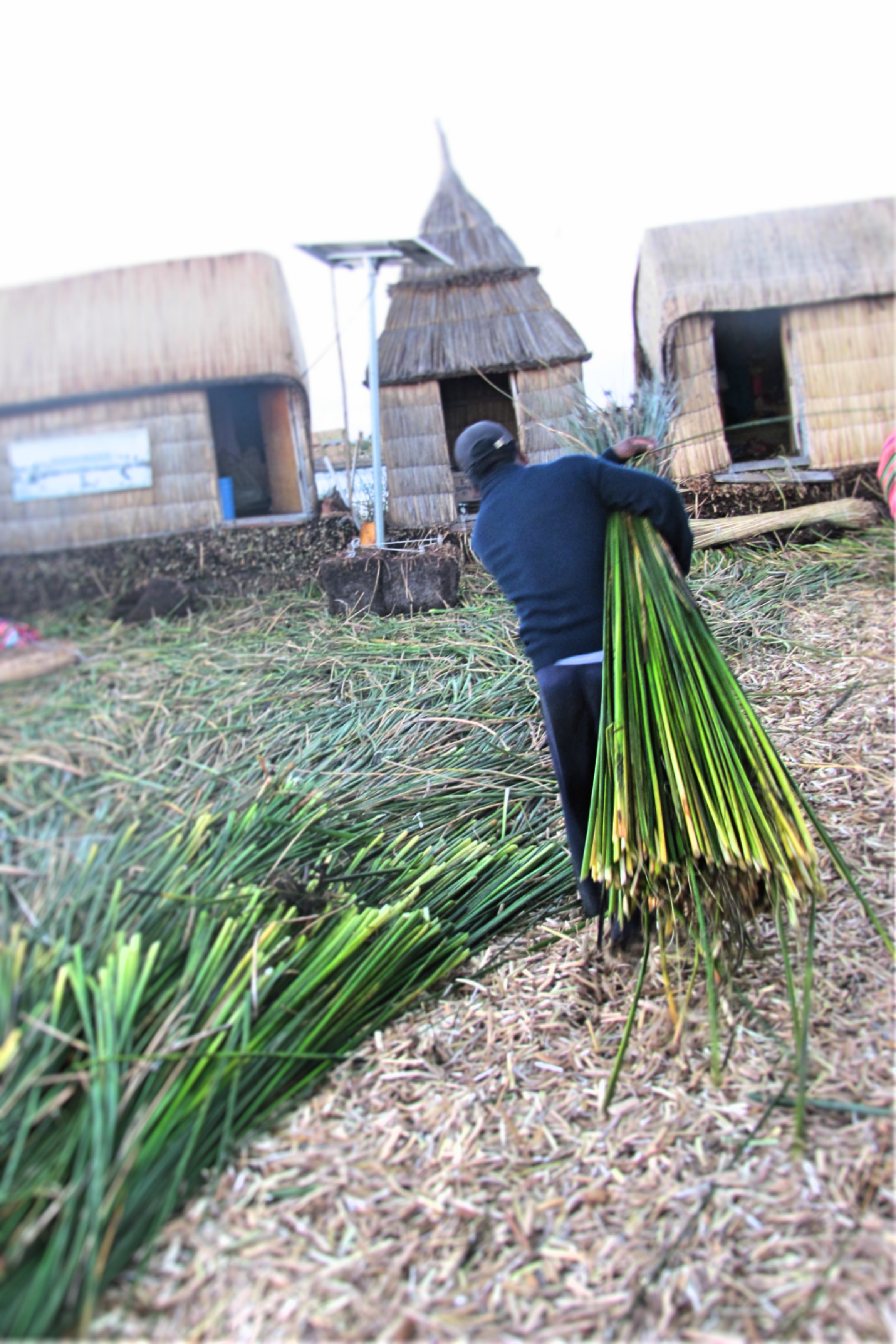
Now it gets dodgy as it is really clear that these people do not live here. The ‘owner’ of the house gives you a 20 second micro tour and then guides you to their own shop at ‘the market’. Here they push you aggressively to buy the same tourist-crap that is sold on all markets throughout Peru. The difference: here you are paying inflated prices. The shop owners of course claim these trinkets are homemade. They are very, very pushy and start cursing in Quechua if you refuse to buy.
The capital of Uros
It came as a relief when we were told we were going to another island. This was supposedly the ‘Capital’. We were told that we had to take ‘the Mercedes’ as our own boat could not get here for some reason. The Mercedes is a slow-boat made out of reed, but comes at an extra charge of 20 soles. Me and my travel-buddy each paid 10 soles. A German couple sitting next to us were charged 20 soles each. The capital is nothing more than an extra-large island with more shops. Selling the same crap with the same cranky pushy shopkeepers.
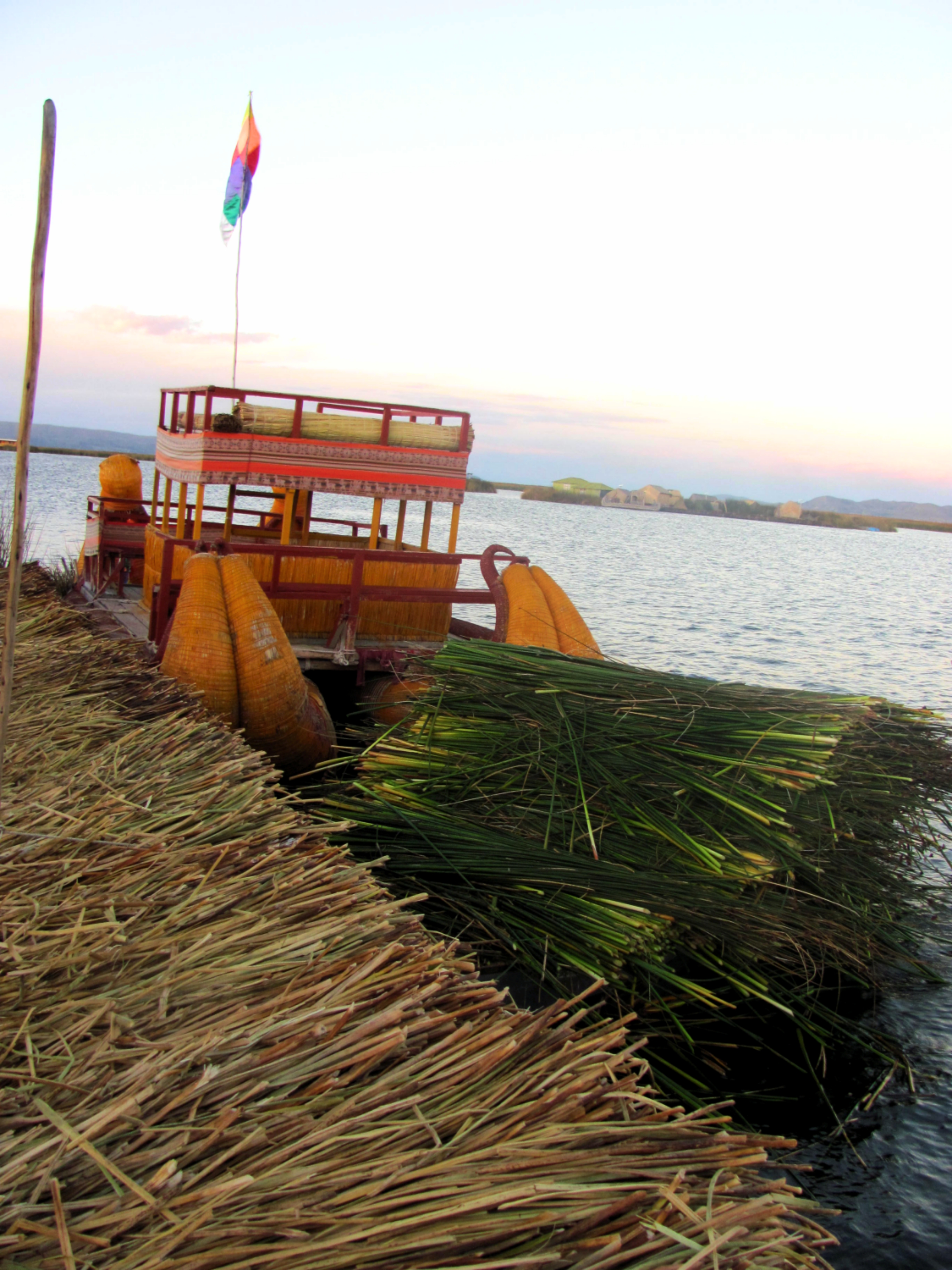
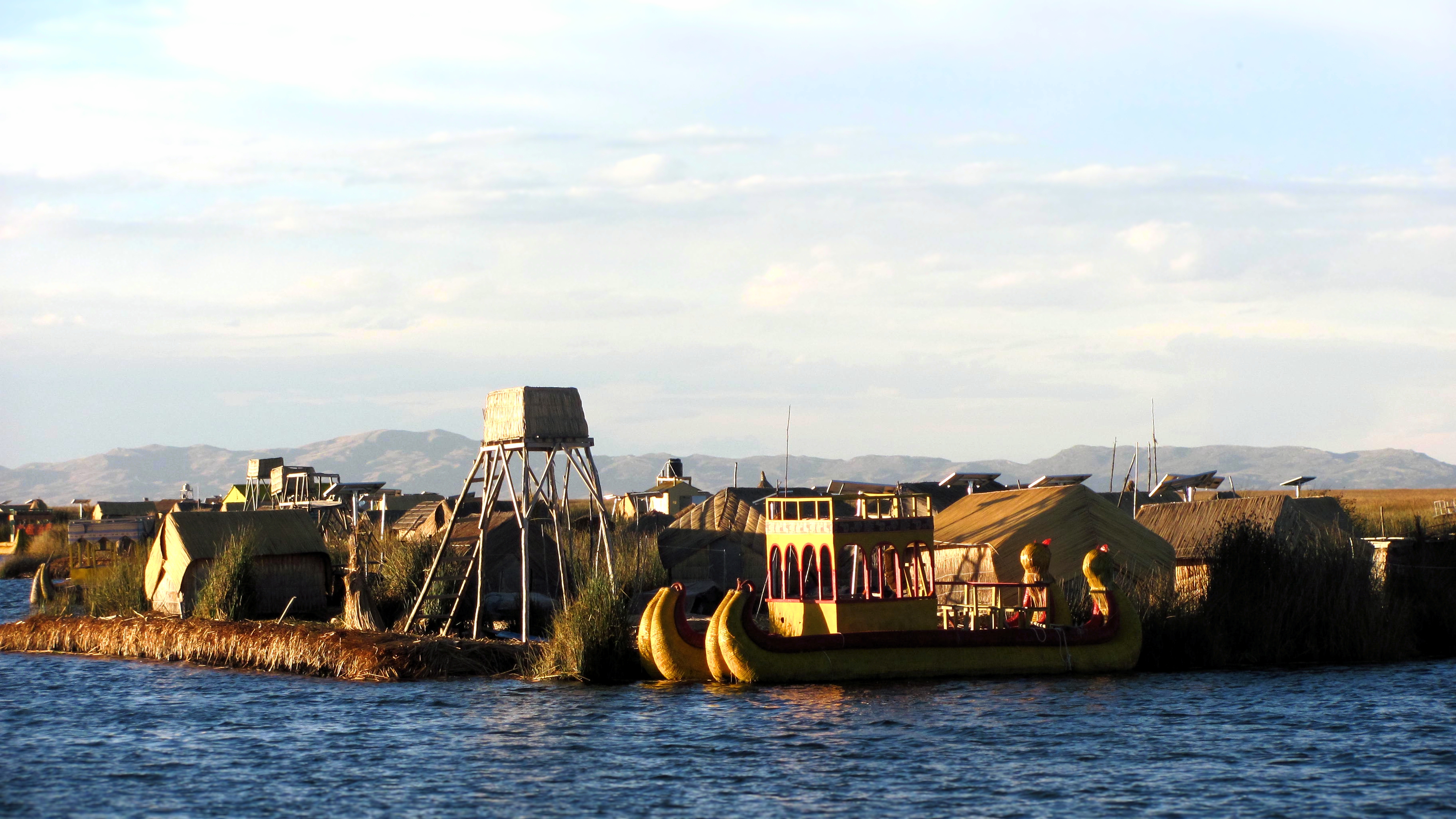
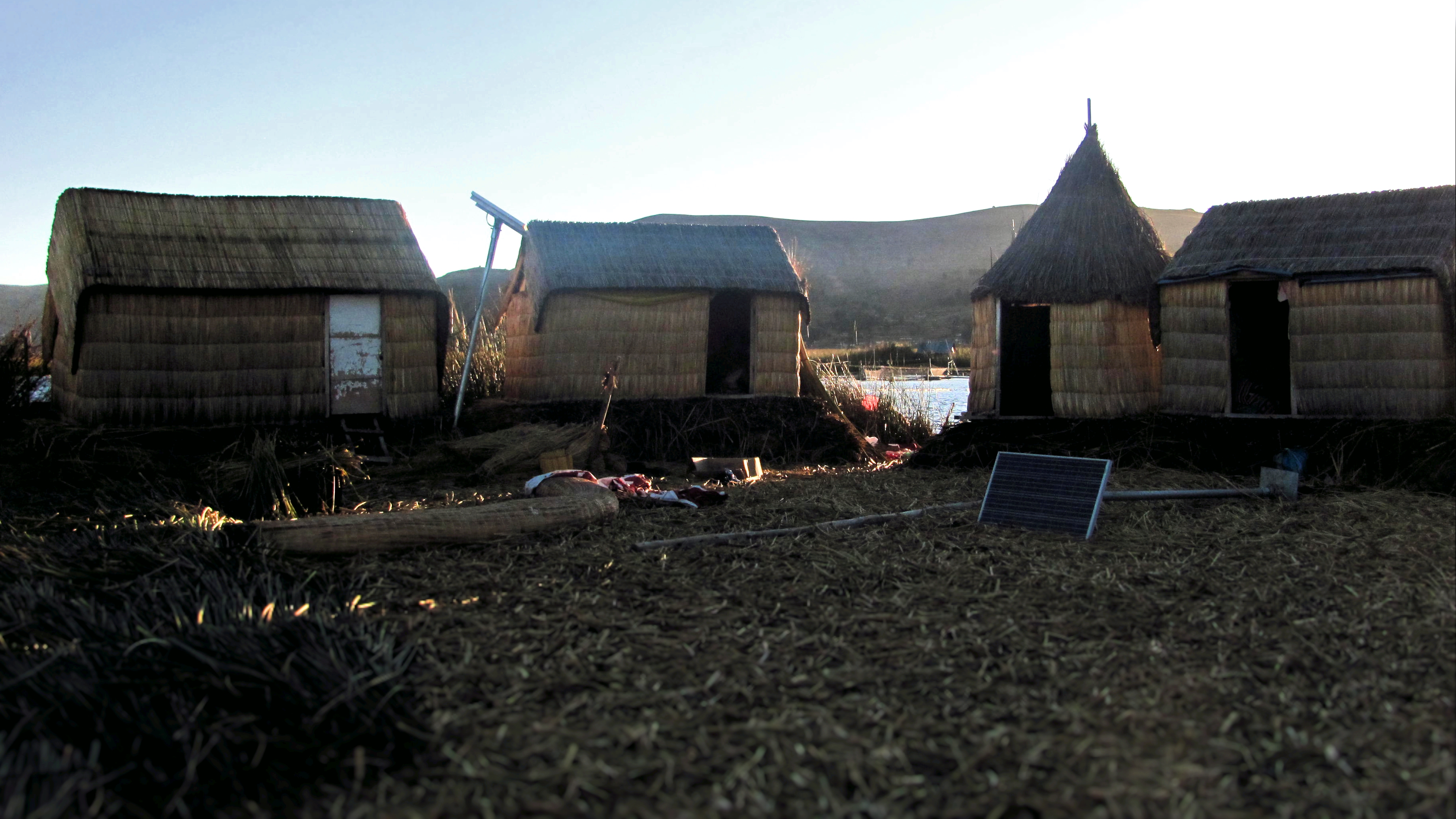
During our time in ‘the Capital’ it became freezing. Okay, this one was my own fault: I did not dress properly and when the sun dropped the temperature plummeted. While sitting out our time on the island we saw our original boat arriving. I thought that boat could not get to the capital? Luckily it took us back to the mainland, finishing the visit.
When going to Uros take the above in mind and it probably won’t bother you half as much as it bothered me. Just show up at the docks and haggle down your transport to the island. Booking beforehand is not necessary and only results in a higher fee. At the docks it should not be more than around 10 soles + 5 soles entrance fee to the islands.
Islas Taquile & Amantani
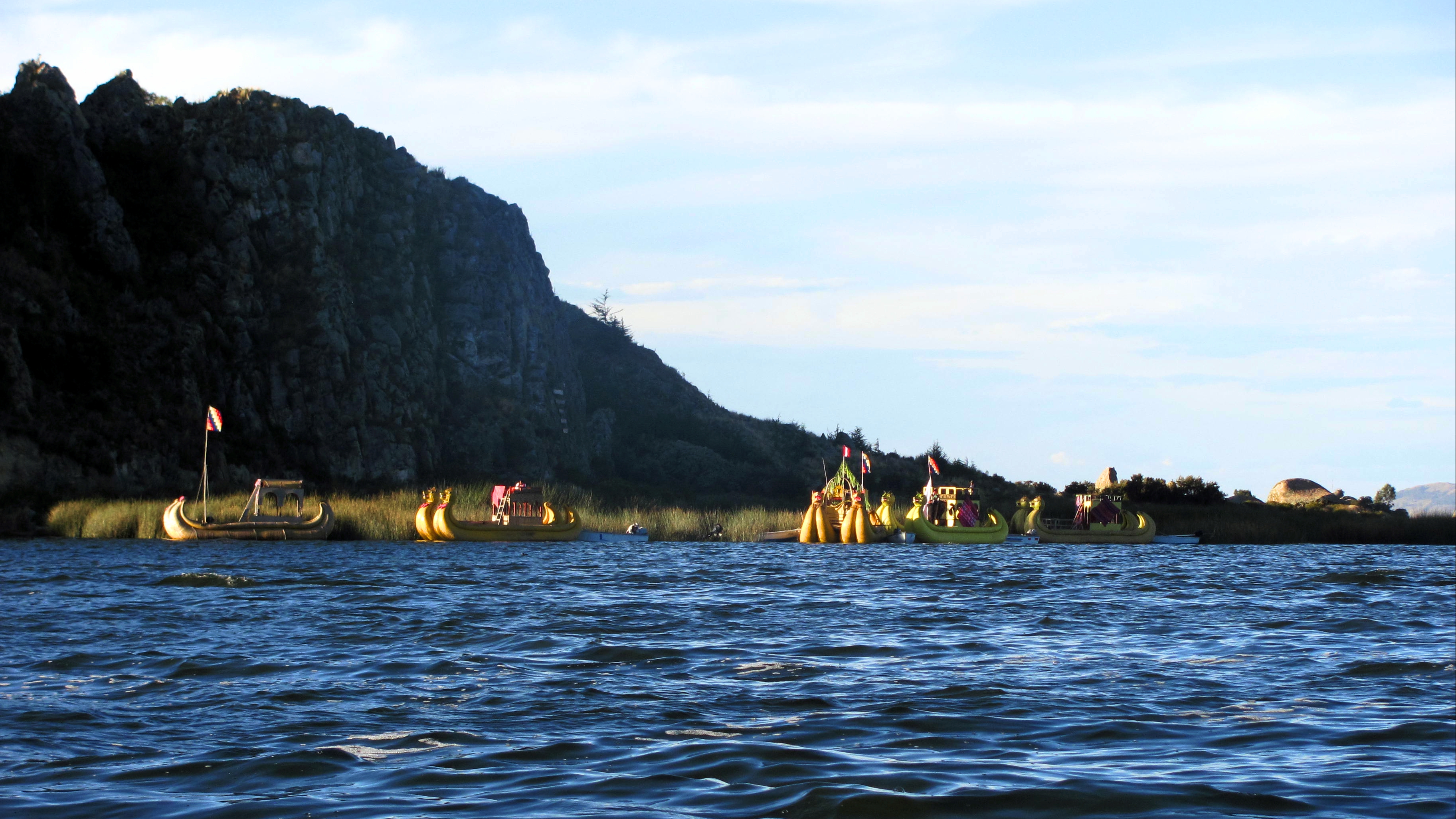
Almost all people that want to spend a night in a family home are shipped of to Isla Taquile. Some to the more quiet Isla Amantani. It is not necessary to book your visit. Just show up at the docks and buy a ferry ticket to the island of your choice.
Homestays at Isla Taquile
Be aware that many families that invite people to do a traditional homestay are extorted by the travel-agencies. Even the more expensive ones. If you want to ensure your money actually reaches the family itself you are better of going to Isla Amantani. Here the families have developed a communal system to divide all the guests over the different families. This ensures every family will receive guests. You can just show up and pay to the family directly. It is a bit harder to find out which families give host on Taquile. It should be about 30 soles for a night.
Copacabana & Isla del Sol
It has to be said. Even though I did not end up visiting Copacabana and the Isla del Sol myself because the roads where blocked, which is very common in Peru and Bolivia, almost every traveler I met advised me to go for Copacabana & Isla del Sol instead of Puno and the Peruvian island in the lake. Apparently Copacabana is quite lively in the weekends and beautifully quiet during the week. Isla del Sol also offers homestays and tops that off with stunning hikes. Even though I cannot confirm whether that is true, it is something to take into account when deciding on which side of the lake to visit.
– Eating and sleeping recommendations –
Eating
The town of Puno itself boasts a lot of decent restaurants that have excellent value-for-money set menus. If you are opting for a homestay at Isla Taquile or Amantani you’re best of eating at the communal restaurant. Restaurante Comunál. Do not even try to order something else than the quinoa soup with lake trout. People will either not understand what your mean, or serve you something of terrible quality.
Sleeping
We found out that Booking.com will consistently give you the best rates on hotels. To make finding the perfect spot a little easier we made a selection for Puno. Click the link below to find the best places to stay in Puno.
Cozy Hostel
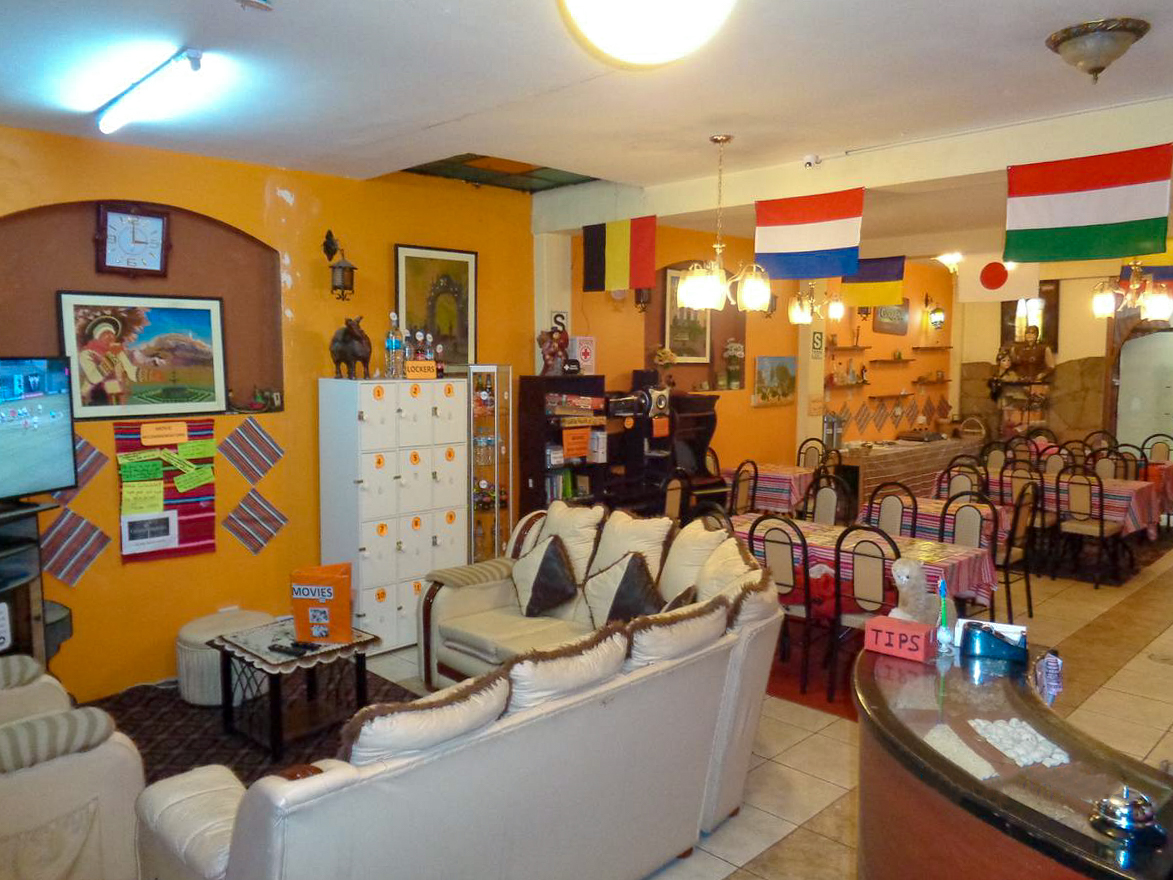
A good accommodation-option in Puno is Cozy Hostel. They offer clean, nice beds and a lively social living-room where people watch movies and play (board) games. A welcoming place when temperatures drop to below zero during the night.
– Things to take when traveling to Peru –
There are a few items that I would pop into my bag for a trip to Peru. Firstly, always take many layers of clothing with you. Being in the Andres means that the weather switches rapidly. Be prepared for both sunshine and rain. But more importantly, be prepared for rapid switches in temperature. Thermals and swimming shorts in the same daypack? In Peru its not as weird as it sounds.
Fjallraven trapper hat
Even in the coldest nights on the altiplano you won’t get cold ears while wearing this trapper hat. It’s simply not possible. The big advantage of trapper hats compared to beanies is that they warm up your whole head instead of just the top and they fit tightly around your head, meaning you wont lose it while mountaineering in the Andes. Fjallraven Kanken is a Swedish premium brand that uses sustainable materials. Also their products just look damn good. It’s a little investment, but one that’s worth it.
Thermals
Besides wearing a warm hat or beanie, the best addition to your travel wardrobe is skintight thermal underwear. Super comfy, light, small to pack and it transforms any normal pants into super warm isolated pants. I value thermal underwear over a thermal shirt because to warm up your upper body you can simply stack all the shirts you are carrying on top of each other while stacking multiple pants is harder. Also your legs are not used to this added layer so wearing thermals will work wonders on the ‘feel temperature’. LAPASA thermals are designed for travel and come in at a very good price.
Power bank
The usefulness of a power bank is self-explanatory. Being able to charge your phone, tablet, camera, GoPro or e-reader on the go has made traveling so much easier. I use this particular power bank over a year now and its just perfect. The 20,000mAh provides my IPhone with about 5 charges, the double port means I can charge my camera and phone at the same time (or be a life saver for the person sitting next to me) and the LED torch in the middle is super useful when you try to find something in your bag on the bus in the middle of the night. The display is useful as well and tells you a whole lot more about the current charge compared to ‘3 out of 5 lights left’. Oh and it comes in at HALF THE PRICE of a Anker power bank. I have yet to find its flaws.
Lonely Planet
Because its just the best compact travel guide out there. I always take a lonely planet with me for its practical information, background on certain sights and for when I find myself unexpectedly off the beaten path in search of accommodation for the night. For me this is still the best way to read up on a destinations in long haul bus rides. You don’t need internet or battery-life which even on a luxurious bus in Peru can really come in handy sometimes;)
